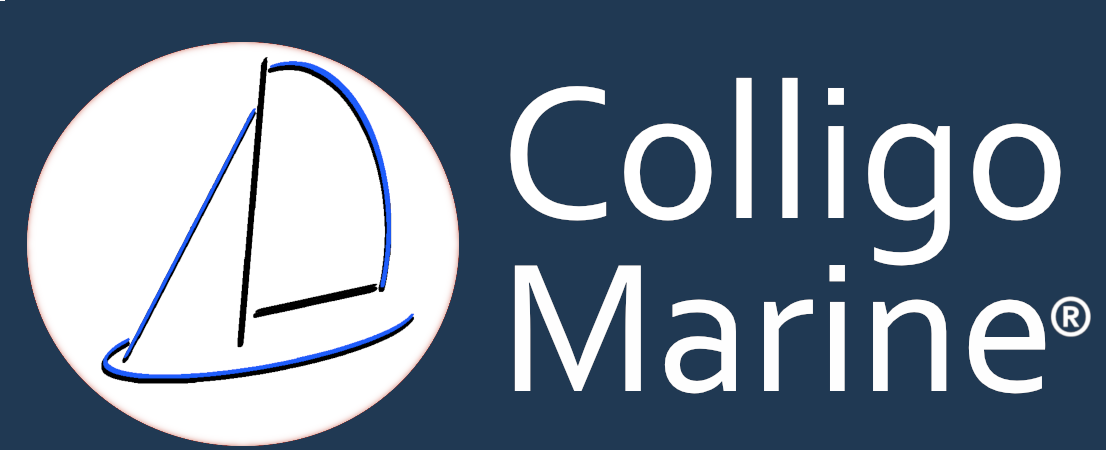Trans-Pacific Passage on a Corsair Trimaran
John started sailing when he was sixteen. He comes from a family of nine kids and claims they were all “real water dogs." Prior to sailing, he surfed and dove, so sailing was a natural progression. John also rides motorcycles, is a hang gliding pilot, works with aircraft mechanics, among other things. He has sailed many boats, like Lidos and Capris at around 14 feet, a Pearson 44, a Laguna 26, a Farrier 24, and more!
John was at a life changing point. He changed jobs and became economically independent. Why not spend fifteen days solo sailing?
“I have a lot of enthusiasm for sailing.” – John Spurlock (owner & skipper)
SPECS:
Builder - Corsair Marine (USA)
LOA - 30.83' / 9.40m
Beam - 22.42' / 6.83m
Weight - 4600 lbs. / 2087 kg
Draft (max) - 5.50' / 1.68m
The Boat
The Corsair 31 named Wicked is totally trailer-able. There is no fixed keel. It has a 42-foot mast. Both the rudder and the dagger board come completely up. It has a rotating mast that has the potential to increase the boat speed by more than 2 knots.
Colligo Rigging
“I have Colligo sidestays and soon I will have a dyneema forestay. I have a rotating mast as well as a canting rig on my trimaran. In April I am leaving San Diego, California for a passage to Hilo, Hawaii. I think that Dyneema rigging is awesome and I think that any weight aloft reduction is a big safety advantage."
– John Spurlock (owner & skipper)
Weather Routing
John is using Predict Wind the weather routing service. He has been closely watching them for the past 3 years. John expects to have less than 2 meters of swell and an average of 20 knots of breeze. He is using Predict Wind to sail reaching angles throughout the passage averaging a speed between 11 - 15 knots. You can follow the passage on John's blog and tracker here. The passage will take about fifteen days.
“This boat is seriously powerful!” – John Spurlock (owner & skipper)
Comforts and Necessities
Wicked is equipped with an alcohol stove for cooking, a propane burner for heating water, a barbecue mounted on the back, and of course, a fishing pole. The interior is mainly carbon fiber and fiberglass. There are no water tanks on the boat, but John is bringing 30 gallons of water in several 5-gallon jugs (& wine and beer of course). This is about double what he needs for a two-week trip to be well hydrated.
The trimaran does not have a diesel reserve so it has a 4x8 ft. solar panel mounted aft. It has 400 Watts of charging power to fuel the chart plotter, running lights, and the satellite hot-spot & tracker.

